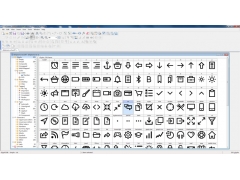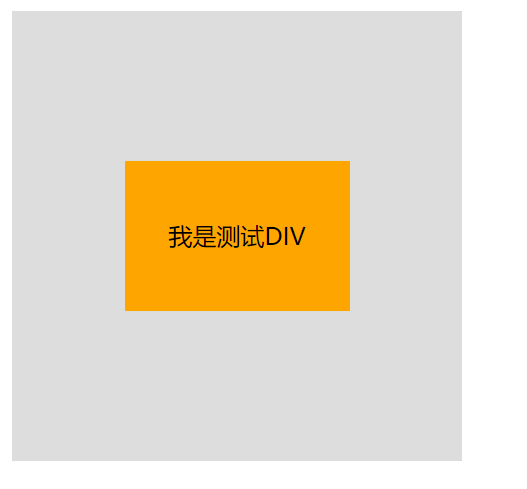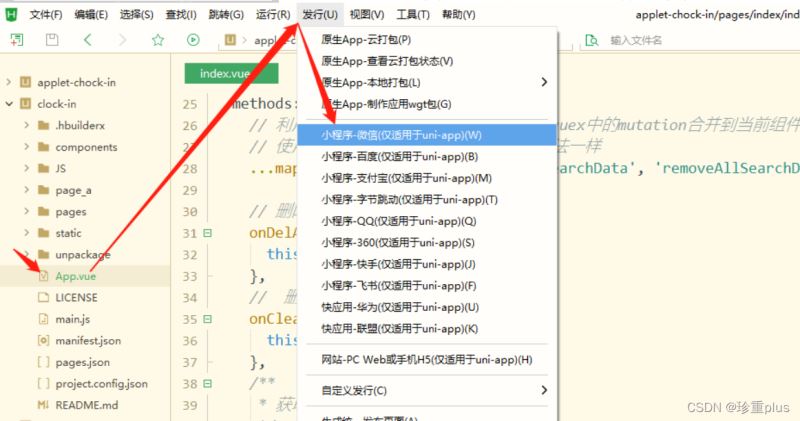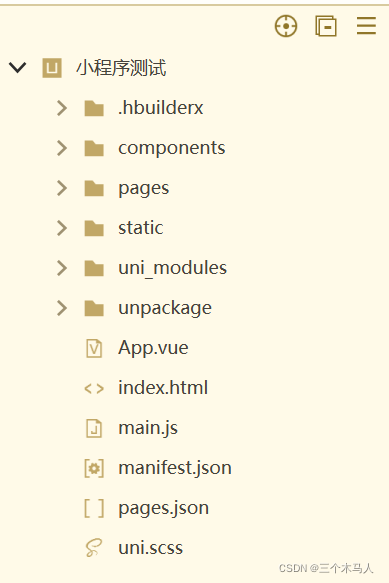在当前移动互联网时代,提高用户体验成为互联网公司重中之重,而给用户提供良好的网速体验则是其中关键之一。在前端开发中,我们可以使用 networkInformation.downlink 对用户的网速进行测量,从而更好的优化页面加载速度和改善用户体验。
networkInformation.downlink测用户网速方法详解
在当前移动互联网时代,提高用户体验成为互联网公司重中之重,而给用户提供良好的网速体验则是其中关键之一。在前端开发中,我们可以使用 networkInformation.downlink 对用户的网速进行测量,从而更好的优化页面加载速度和改善用户体验。
什么是networkInformation.downlink?
networkInformation.downlink 是 W3C 网络信息 API 中定义的一个属性,用于获取设备的下行速度(即下载速度),单位是 Mbps。它利用设备的网络连接信息,返回一个估算值,反映当前网络环境下设备的带宽大小。
如何在前端代码中使用networkInformation.downlink?
在前端代码中,我们可以使用 JavaScript 脚本来获取设备的网速信息。具体代码如下:
if (navigator.connection && navigator.connection.downlink){
// networkInformation API可用
console.log("设备的下行速度为 " + navigator.connection.downlink + " Mbps");
} else if (navigator.webkitConnection && navigator.webkitConnection.downlink) {
// 兼容旧版chrome
console.log("设备的下行速度为 " + navigator.webkitConnection.downlink + " Mbps");
} else {
console.log("无法获取设备的下行速度");
}
该段代码首先使用 navigator.connection 判断当前设备是否支持 W3C 网络信息 API,如果支持,就可以使用 navigator.connection.downlink 获取设备的下行速度;如果不支持,就判断是否是旧版的 Chrome 浏览器,如果是就可以使用 navigator.webkitConnection.downlink 获取设备的下行速度。如果条件都不满足,就无法获取设备的下行速度。
如何运用网络信息 API 帮助优化页面加载速度?
提高页面加载速度是改善用户体验的关键。前端开发者可以根据 networkInformation.downlink 获取到的设备的下行速度信息,调整页面加载策略,从而更好的优化页面加载速度。
例如,当设备的下行速度较快时,我们可以使用较高分辨率和质量的图片和视频,并将 js、css 等资源集中到一个文件中,减少 HTTP 请求次数和网络带宽占用。而当设备的下行速度较慢时,我们则可以优先加载页面的主要内容,并延迟加载一些不重要的内容和资源,在保证页面基本可用性的前提下,缓解页面加载速度过慢的问题。
示例说明
以下是两个操作示例,帮助大家更好的理解,如何使用 networkInformation.downlink 优化页面加载速度:
- 当设备的下行速度比较快时(例如大于5Mbps),我们可以在页面中加载较大的背景图和高质量的图片,并将所有的脚本和样式集中到一个文件中。
if (navigator.connection && navigator.connection.downlink){
if(navigator.connection.downlink > 5) { // 设备的下行速度大于5Mbps
// 加载高质量的背景图
document.getElementById("bg-img").src = "img/big-bg-img.jpg";
// 加载高质量的图片
var imgs = document.getElementsByTagName("img");
for(var i = 0; i < imgs.length; i++) {
imgs[i].src = "img/high-quality-img" + i + ".jpg";
}
// 使用单一的js和css文件
var script = document.createElement('script');
script.src = "all.js";
document.head.appendChild(script);
var link = document.createElement('link');
link.rel = "stylesheet";
link.href = "all.css";
document.head.appendChild(link);
}
else { // 设备的下行速度小于5Mbps
// 加载低质量的背景图
document.getElementById("bg-img").src = "img/small-bg-img.jpg";
// 延迟加载其他的图片
setTimeout(function() {
var lazyImgs = document.getElementsByClassName("lazy-img");
for(var i = 0; i < lazyImgs.length; i++) {
lazyImgs[i].setAttribute("src", lazyImgs[i].getAttribute('data-src'));
}
}, 5000);
// 使用多个js和css文件
var script1 = document.createElement('script');
script1.src = "script1.js";
document.head.appendChild(script1);
var link1 = document.createElement('link');
link1.rel = "stylesheet";
link1.href = "style1.css";
document.head.appendChild(link1);
var script2 = document.createElement('script');
script2.src = "script2.js";
document.head.appendChild(script2);
var link2 = document.createElement('link');
link2.rel = "stylesheet";
link2.href = "style2.css";
document.head.appendChild(link2);
}
} else if (navigator.webkitConnection && navigator.webkitConnection.downlink) {
// 兼容旧版chrome
console.log("设备的下行速度为 " + navigator.webkitConnection.downlink + " Mbps");
} else {
console.log("无法获取设备的下行速度");
}
- 当设备的下行速度比较慢时(例如小于2Mbps),我们可以优先加载页面主要内容,再延迟加载一些不重要的内容,以提高页面的基本可用性。
if (navigator.connection && navigator.connection.downlink){
if(navigator.connection.downlink < 2) { // 设备的下行速度小于2Mbps
// 优先加载主要内容
// 使用单一的js和css文件
var script = document.createElement('script');
script.src = "all.js";
document.head.appendChild(script);
var link = document.createElement('link');
link.rel = "stylesheet";
link.href = "all.css";
document.head.appendChild(link);
setTimeout(function() {
// 延迟加载不重要的内容
var lazyImgs = document.getElementsByClassName("lazy-img");
for(var i = 0; i < lazyImgs.length; i++) {
lazyImgs[i].setAttribute("src", lazyImgs[i].getAttribute('data-src'));
}
var adv = document.createElement('div');
adv.innerHTML = "<img src='img/adv.jpg'>";
var container = document.getElementById('container');
container.appendChild(adv);
}, 5000);
}
else { // 设备的下行速度大于2Mbps
// 使用单一的js和css文件
var script = document.createElement('script');
script.src = "all.js";
document.head.appendChild(script);
var link = document.createElement('link');
link.rel = "stylesheet";
link.href = "all.css";
document.head.appendChild(link);
// 加载其他的内容
var imgs = document.getElementsByTagName("img");
for(var i = 0; i < imgs.length; i++) {
imgs[i].src = "img/img" + i + ".jpg";
}
var adv = document.createElement('div');
adv.innerHTML = "<img src='img/adv.jpg'>";
var container = document.getElementById('container');
container.appendChild(adv);
}
} else if (navigator.webkitConnection && navigator.webkitConnection.downlink) {
// 兼容旧版chrome
console.log("设备的下行速度为 " + navigator.webkitConnection.downlink + " Mbps");
} else {
console.log("无法获取设备的下行速度");
}
以上就是 networkInformation.downlink 测用户网速方法的详细攻略和示例说明。希望可以对您有所帮助。
本文标题为:networkInformation.downlink测用户网速方法详解


基础教程推荐
- 浅谈Vue2和Vue3的数据响应 2023-10-08
- JS前端广告拦截实现原理解析 2024-04-22
- 关于文字内容过长,导致文本内容超出html 标签宽度的解决方法之自动换行 2023-10-28
- 基于Vue制作组织架构树组件 2024-04-08
- 浅析canvas元素的html尺寸和css尺寸对元素视觉的影响 2024-04-26
- this[] 指的是什么内容 讨论 2023-11-30
- CSS3的几个标签速记(推荐) 2024-04-07
- Ajax实现动态加载数据 2023-02-01
- vue离线环境如何安装脚手架vue-cli 2025-01-19
- js禁止页面刷新与后退的方法 2024-01-08

















